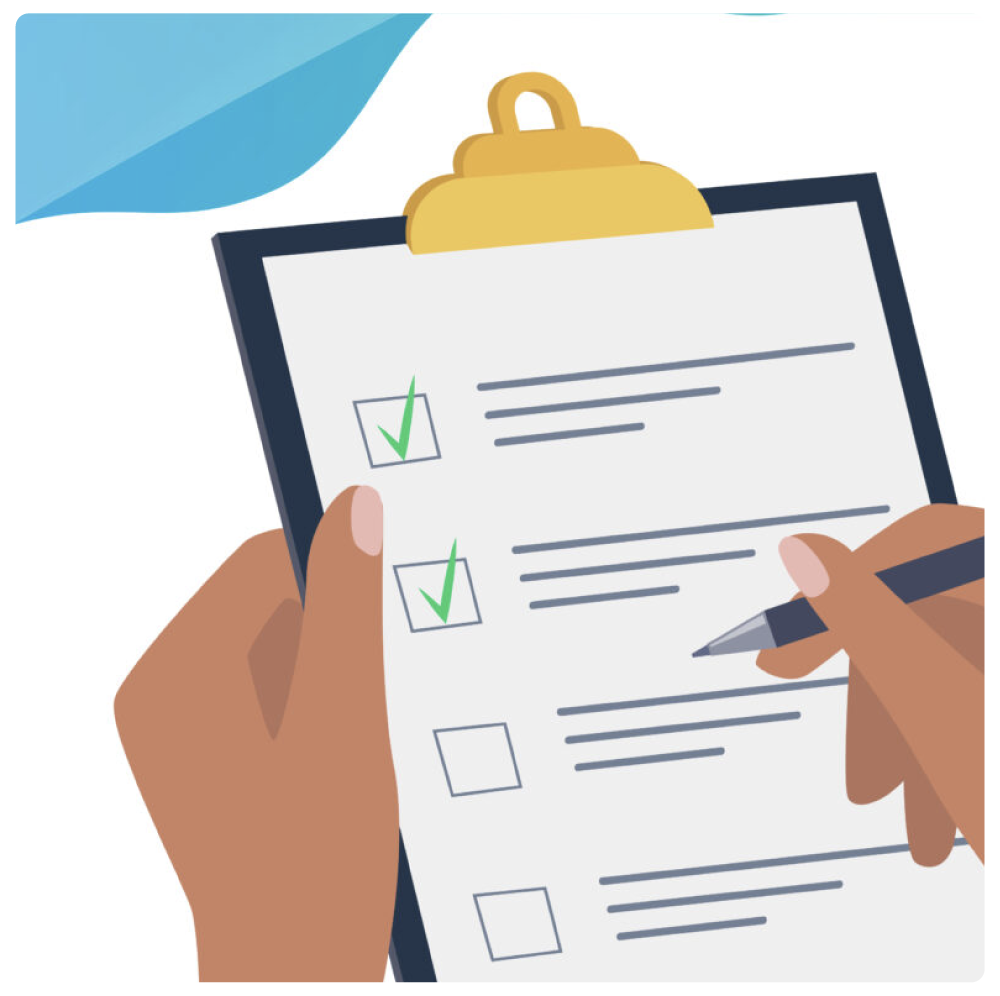Is buying leads worth it? Pros and cons for potential lead buyers

Buying leads can seem like a fast track to filling your pipeline, but is it the right move?
For many marketing and sales teams, purchasing leads feels like a practical way to scale quickly, cover short-term demand, or test new markets. But it’s not a plug-and-play solution. The payoff depends on how and when you do it.
In this article, we’ll break down the pros and cons of buying leads, explain when it works (and when it doesn’t), share practical tips, and discuss how proven tools like TrustedForm and LeadConduit help you get the most value from every lead you purchase.
The pros of buying leads
With businesses overly-focused on inbound marketing, it’s easy to overlook the benefits of buying leads. But for many companies, it remains a proven strategy to drive pipeline growth, accelerate sales cycles, and hit revenue targets faster. Here’s why lead buying is still a go-to move for high-growth teams: it remains a go-to strategy for many businesses.
✅ Speed and scalability
Buying leads lets you skip the long ramp-up of inbound campaigns and get prospects in front of your reps immediately. It’s one of the fastest ways to fill your sales pipeline, especially if you need to hit monthly or quarterly targets fast.
✅ Targeted lead acquisition
With the right partner, you can buy leads filtered by geography, demographics, intent, job title, industry, and more. This precision helps ensure you’re reaching contacts that fit your Ideal Customer Profile (ICP).
✅ Predictable cost structure
Unlike organic channels that require time and labor to build, lead buying usually works on a cost-per-lead (CPL) basis. You know exactly how much you’re spending, which makes budgeting and forecasting easier.
✅ Easy to test new markets
Buying leads can help you test messaging or product fit in a new vertical without committing to a full marketing campaign. If it works, you can scale. If not, you’ve minimized your risk.
The cons of buying leads
Buying leads can unlock fast growth, but it’s not a guaranteed win. Without the right strategy and safeguards, it can burn cash, clog your pipeline with junk, and drain your team’s time. Here’s where things can go sideways.
❌ Inconsistent lead quality
Not all lead sellers use the same standards. Some sell outdated or recycled contacts that have no interest in your offer. Worse, some leads may not have legally valid consent for outreach, putting your company at risk.
❌ Shared leads = More competition
If you’re buying shared leads, chances are other companies are reaching out to the same person. That means your sales team must be fast, sharp, and persistent, or risk getting buried in the noise.
❌ Risk of compliance violations
If you’re using automated dialing or texting, you’re legally responsible for maintaining that the lead gave proper consent. Failing to verify that consent can lead to hefty fines and irreparable damage under regulations like the Telephone Consumer Protection Act (TCPA).
❌ Potential for wasted spend
Without the right filters, tools, and processes, buying leads can feel like gambling. You could end up paying for unqualified or unreachable contacts if you’re not vetting sources or validating data in real time.
So… Is buying leads worth it?
Yes, buying leads is worth it… When it’s done right.
Top-performing companies treat lead buying as a system, not a shortcut. They know their ideal lead profile, set strict filters, demand transparency from sellers, and use real-time tools to vet and route leads before they ever hit the CRM. When lead buying is paired with consent verification and data automation, it becomes a predictable, scalable, and compliant source of growth.
How to make the most of buying leads
If you’re considering lead buying, to avoid wasted spend and legal risk, you need smart filters, clear targeting, and high compliance standards. You also need to work with reputable lead sellers and clearly define your cost per acquisition (CPA) to ensure your lead buying efforts stay profitable. Here are four best practices for buying leads to drive real results:
1. Use TrustedForm to document consent
When you buy leads, you also inherit legal responsibility for how those leads were generated. That means documenting prior express written consent is imperative.
TrustedForm is the industry standard for compliance verification and helping protect your outreach from TCPA violations. It gives you independent proof of when, where, and how a consumer opted in.
Beyond compliance, you can also leverage TrustedForm Insights to understand lead intent better, so you’re not just compliant, but targeting consumers who are actually ready to engage.
2. Use LeadConduit to filter and route leads in real time
LeadConduit is your front-line defense against low-quality leads. It acts as a real-time intake system that filters, enriches, and routes leads based on your criteria before they ever hit your sales funnel.
With LeadConduit, you can:
- Reject leads that fail key validation rules
- Enrich leads with missing data (like location or job title)
- Automate compliance checks
- Route leads instantly to the right team or platform
Giving you the control to only accept leads that meet your standards, pricing, and performance goals, LeadConduit is a foundational piece of smarter lead-buying. Further help protect your budget with bot detection tools to block fraudulent or non-human traffic before it enters your pipeline.
Pro tip: Once the leads hit your CRM, make every lead count with smart outbounding strategies: quick follow-ups, personalized messaging, and well-timed outreach can turn even average leads into real opportunities.
3. Define your Ideal Lead Profile
Before you buy a single lead, lock in your Ideal Lead Profile. What does a qualified lead look like? What targeting filters matter? What data is required? What’s your maximum CPL? The more precise your ILP, the less waste you’ll see and the easier it is to scale profitably.
Share this ILP with every vendor, and use tools like LeadConduit to enforce it at the point of intake. Top buyers codify this in insertion orders (IOs) and build acceptance rules right into their systems.
Just as important, work with your lead sellers to create a feedback loop, letting them know which leads convert and which don’t. This allows them to optimize sourcing and targeting for your specific campaign goals.
4. Focus on quality over quantity
A high volume of cheap leads might look good on a spreadsheet, but they rarely drive results. Chasing low cost-per-lead (CPL) often leads to poor conversion rates and wasted spend. Instead, prioritize exclusive, validated, and compliant leads with real buying intent. A single $30 quality lead can easily outperform ten $5 leads that go nowhere.
Here’s what to track instead of vanity metrics:
- Acceptance rate: How many leads meet your ILP and pass filters?
- Contact rate: Are your reps able to connect with leads quickly?
- Qualification rate: How many leads progress to MQL, SQL, or demo?
- Cost per opportunity (CPO): The real number that tells you what’s working.
Not all leads are created equal, and not all buyers need the same type of leads. Some teams perform best with high-dollar exclusive leads, while others succeed using lower-cost shared leads combined with strong outbound execution. The key is to right-price your leads based on your goals, strategy, and team capabilities.
Ultimately, quality leads may cost more, but they convert better. Focus on outcomes, not inputs, and work closely with sellers who can meet your CPA targets and optimize for long-term ROI.
Final thoughts
Buying leads isn’t a silver bullet, but with the right strategy, it can become a high-performance growth engine. The companies that succeed are building a repeatable, compliant system for acquiring real opportunities. That means knowing your Ideal Lead Profile, enforcing strict quality filters, and verifying consent every step of the way.
TrustedForm gives you documented proof of consent to help protect your outreach, reputation, and wallet. LeadConduit helps protect your CRM from unqualified, non-compliant leads. Together, they help transform lead buying from a risky spend into a scalable, defensible revenue stream.
Is buying leads worth it? Only if you’re ready to turn your lead acquisition into a competitive advantage. Explore how TrustedForm and LeadConduit can help you turn lead buying into a reliable, revenue-driving system today.








